Spiritual symbols are everywhere—carved into ancient monuments, adorning meditation spaces, tattooed on skin, or woven into modern décor. But what do these symbols mean, and why do they hold such universal appeal?
For spiritual seekers, symbol enthusiasts, and New Age believers, spiritual symbols offer much more than aesthetic value. They serve as bridges between the physical and metaphysical, speaking a universal language understood across time and cultures.
This post will unravel the origins, meanings, and adaptations of significant spiritual symbols, explore their role in personal transformation, and guide you on how to incorporate them into your daily spiritual practices.
What Are Spiritual Symbols?
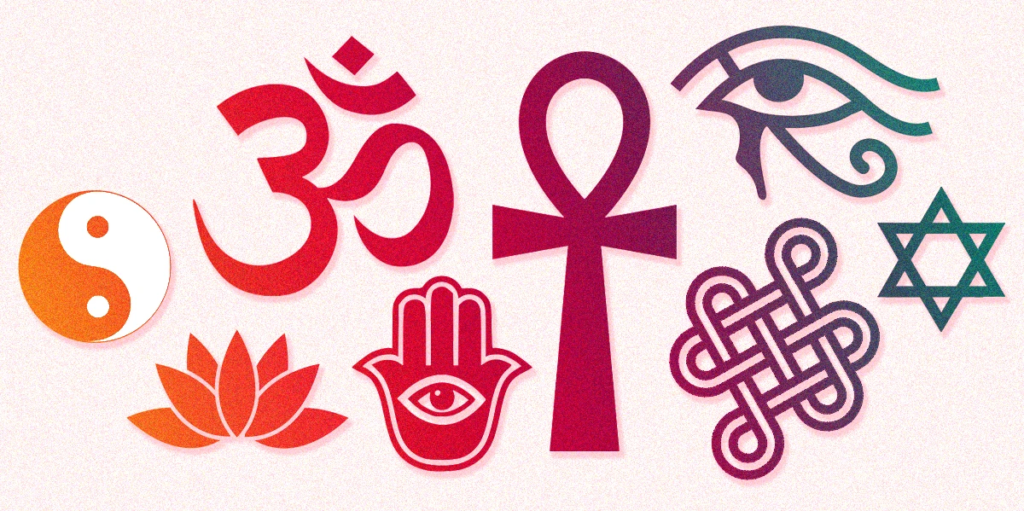
At their core, spiritual symbols are visual representations of abstract ideas or beliefs connected to spirituality, energy, and the universe. These symbols act as keys, unlocking deeper spiritual energies and offering pathways to awakening and understanding.
While their meanings may vary across different traditions, spiritual symbols often evoke universal themes like growth, balance, protection, and enlightenment. They effortlessly traverse cultural boundaries, resonating with people from all walks of life.
The Universal Language of Symbols
Spiritual symbols serve as a shared, metaphysical language. Without needing translation, they convey deep truths and beliefs, whether it’s the balance of yin and yang or the protective power of the Evil Eye. Their meaning often transcends words, making them a timeless and powerful medium for spiritual connection.
Ancient Origins
Many spiritual symbols date back thousands of years, originating in ancient traditions that sought to describe the mysteries of existence, the divine, or nature. For instance, the Ankh emerged from Ancient Egypt as a symbol of eternal life, while the Spiral, which dates to prehistoric times, represents personal growth and evolution.
Cultural and Religious Contexts
Spiritual symbols are deeply embedded in various cultural and religious practices. Such symbols often reflect distinct yet interconnected philosophies. For instance, the Tree of Life appears in multiple traditions, including Norse, Celtic, and Kabbalistic mysticism, embodying interconnectedness and divine growth.
Related Reading
- Spiritual Meaning of 444
- Spiritual Meaning of Flash Lights
- Spiritual Meaning of Solar Eclipse
- Spiritual Meaning of Clock Stopping
- Spiritual Meaning of Sun and Moon Together
Common Spiritual Symbols and Their Meanings
1. The Om (ॐ): The Sound of the Universe
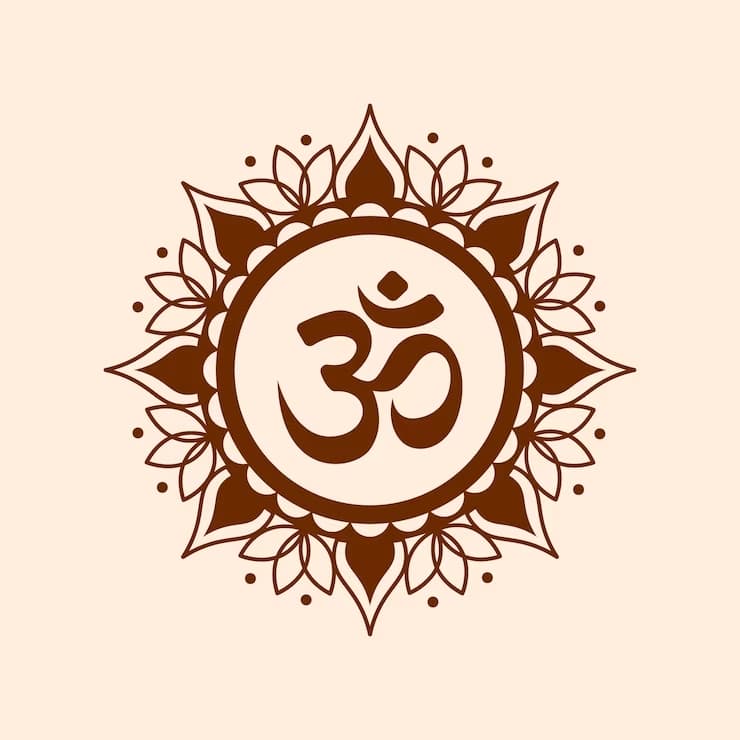
Om represents ultimate reality, consciousness, and the vibrational essence of the universe. It is a sacred sound and a spiritual icon in Indian religions, often considered the primordial sound from which all other sounds emerge.
Chanting Om during meditation connects practitioners to spiritual energies and cosmic vibrations, fostering a deeper sense of peace and harmony.
This practice can enhance focus, calm the mind, and create a bridge to higher states of consciousness, allowing individuals to experience a profound connection with the universe.
2. The Lotus Flower
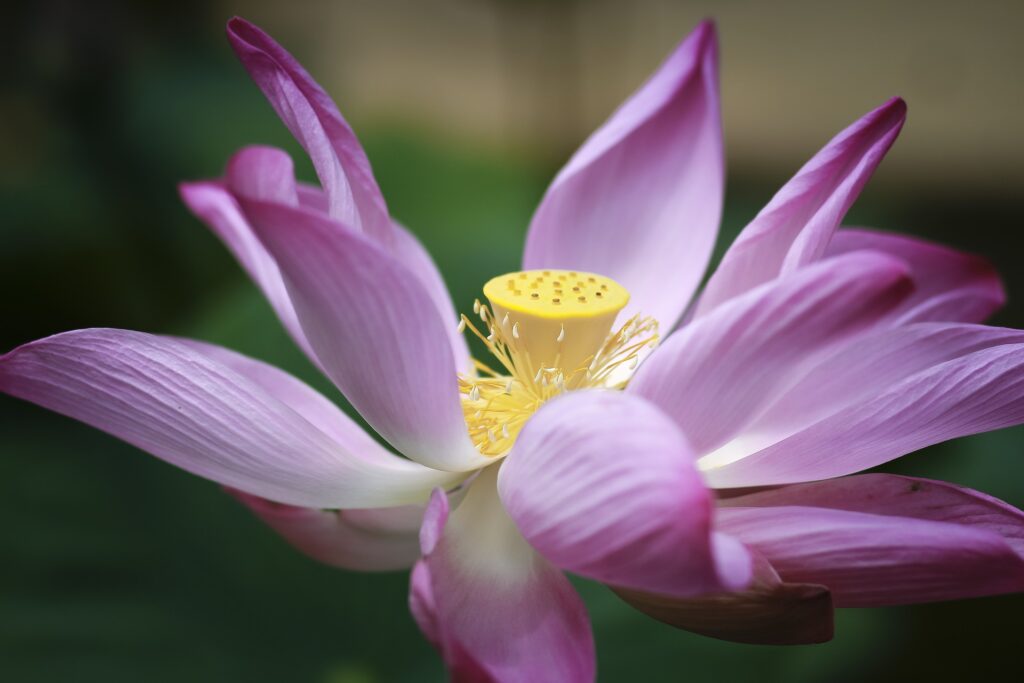
Emerging resplendent from muddy waters, the lotus flower symbolizes purity, enlightenment, and transcendence over worldly desires.
Its journey from the murky depths to the sunlit surface represents the soul’s path to spiritual awakening, reminding us that beauty and virtue can arise from even the most challenging and adverse conditions.
In various cultures, this remarkable bloom is revered not only for its physical elegance but also for its profound spiritual significance.
3. The Tree of Life

This symbol represents the intricate web of life, with its branches illustrating growth, diversity, and interconnectedness among various life forms. Meanwhile, its roots signify grounding, stability, and the foundational support that sustains all living creatures.
The intricate design highlights the balance and harmony necessary for life to thrive, emphasizing the importance of both expansion and deep-seated resilience.
4. The Yin-Yang
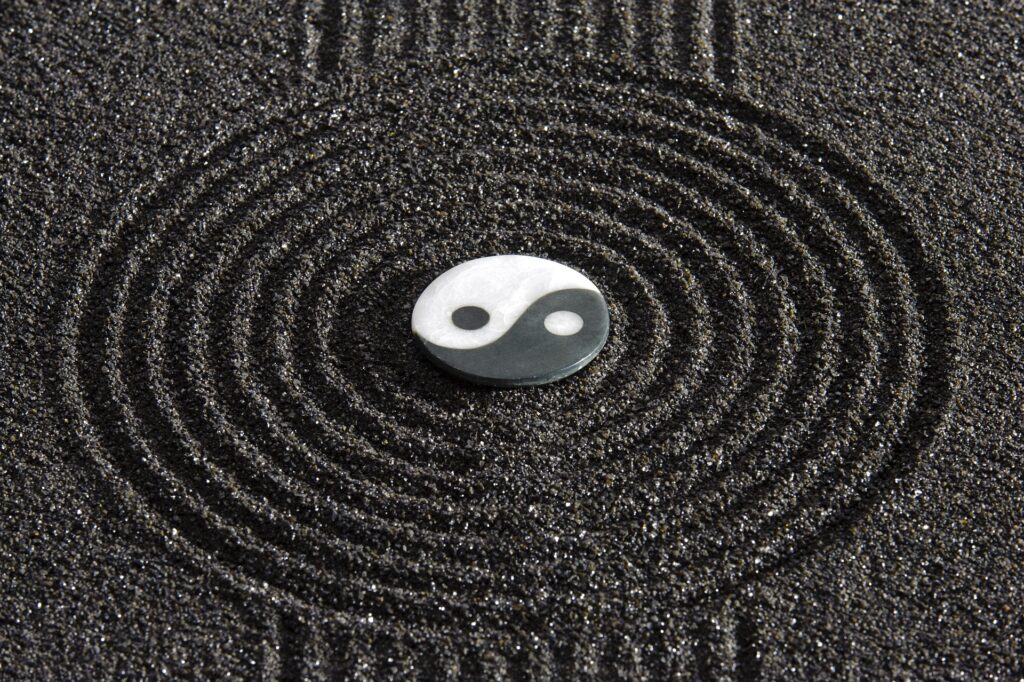
Symbolizing duality and balance, yin and yang are ancient Chinese concepts that remind us of the intricate relationship between opposites. These opposites—such as dark and light, masculine and feminine—are not only interconnected but also essential for achieving harmony and equilibrium in life.
The philosophy suggests that each aspect complements the other, highlighting the importance of balance in nature and our personal journeys. By understanding and embracing this duality, we can strive for a more harmonious existence.
5. The Mandala
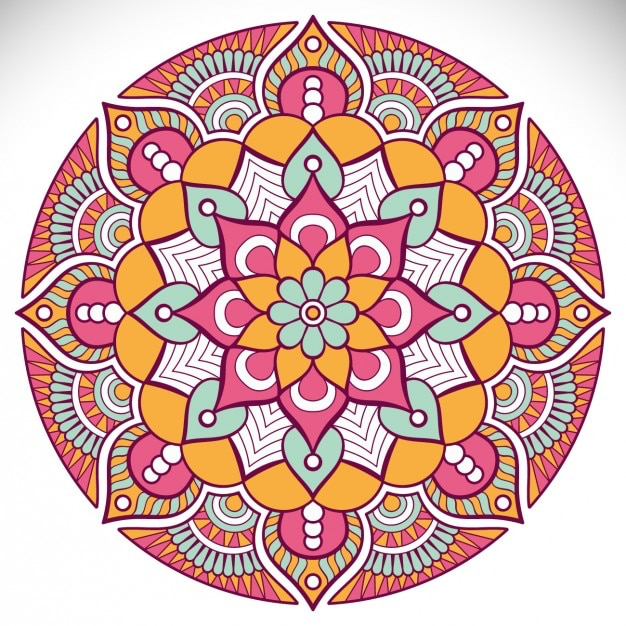
Mandalas symbolize wholeness, unity, and self-discovery, with their intricate patterns and circular designs reflecting the interconnectedness of life.
Often used as meditation tools, they help center the mind, allowing individuals to focus inwardly while representing the vast, boundless universe.
The act of creating or observing a mandala can facilitate a deeper understanding of oneself and one’s place within the cosmos, fostering a sense of inner peace and harmony.
6. The Eye of Horus
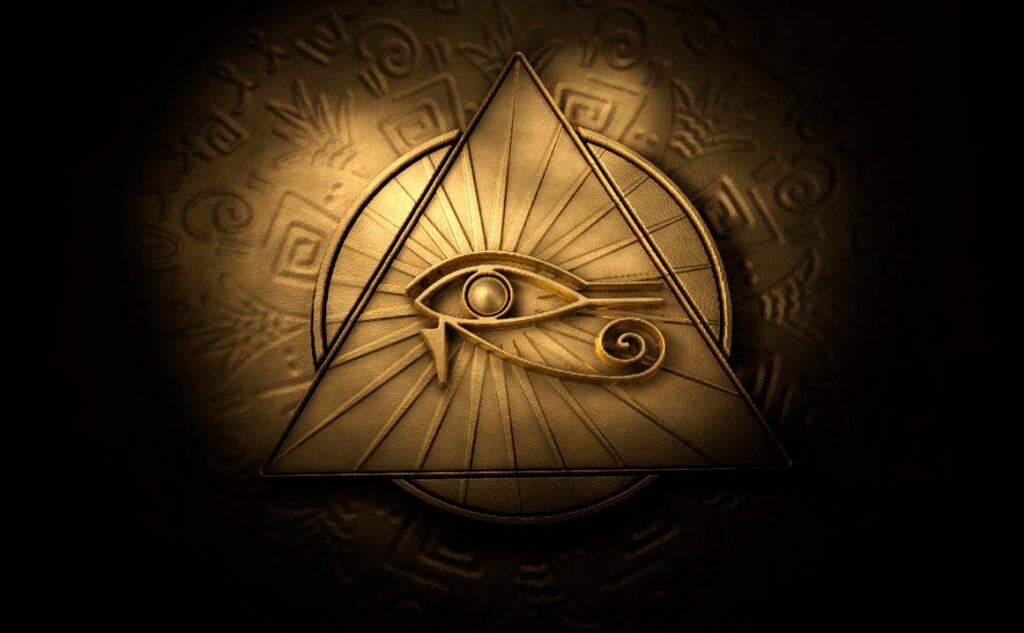
From ancient Egypt, the Eye of Horus embodies protection, health, and restoration. This powerful symbol, often depicted as an eye with distinctive markings, represents the eye of the falcon-headed god Horus.
It was used as an amulet to ward off evil forces and was believed to offer healing and rejuvenation to those who carried it.
The Eye of Horus also played a significant role in mythology, symbolizing the victory of Horus over Seth, the god of chaos, and the restoration of order in the world.
7. The Hamsa Hand
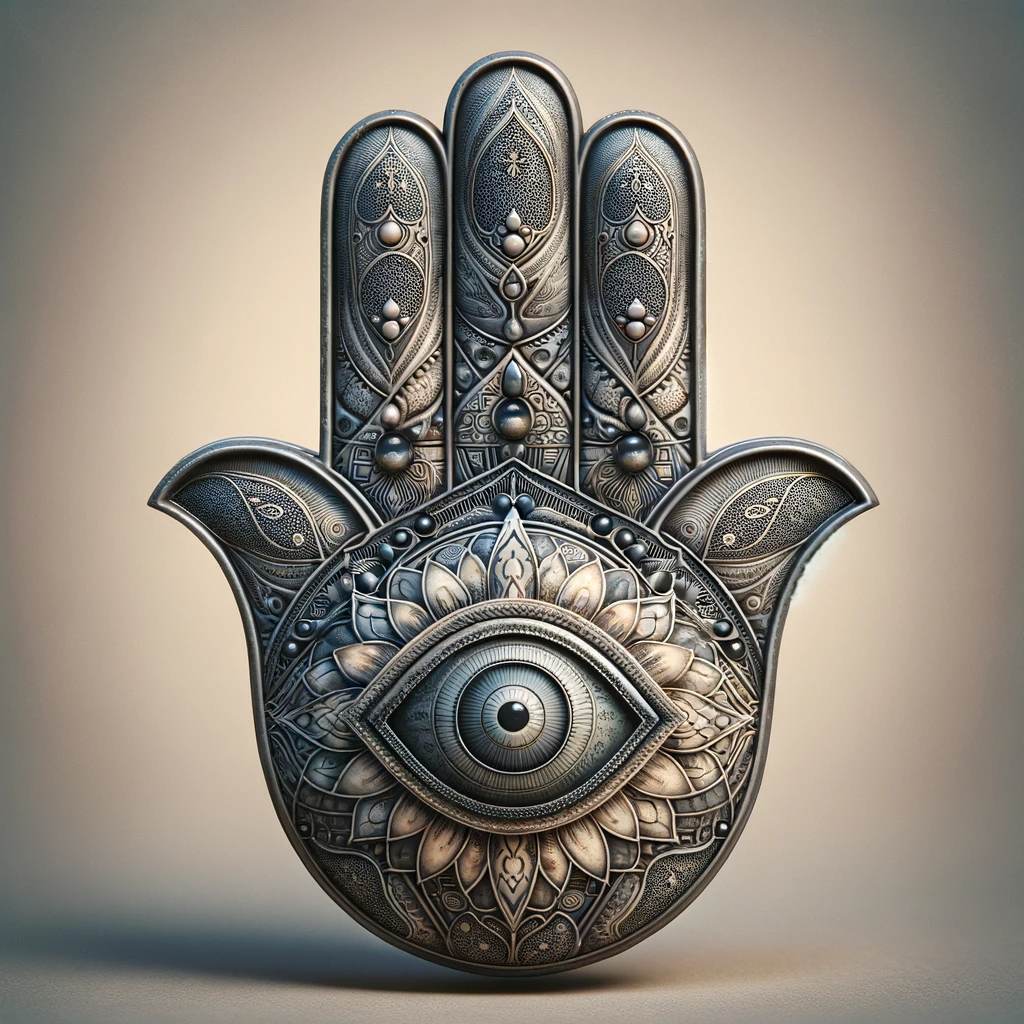
Popular in Middle Eastern and North African cultures, the Hamsa Hand is a centuries-old symbol of protection, blessings, and good fortune. Often depicted with an eye in the palm, it is believed to ward off evil and negative energies.
This amulet is commonly found in jewelry, wall hangings, and various art forms, serving not only as a decorative piece but also as a spiritual talisman to bring peace and harmony to its bearer.
8. The Infinity Symbol
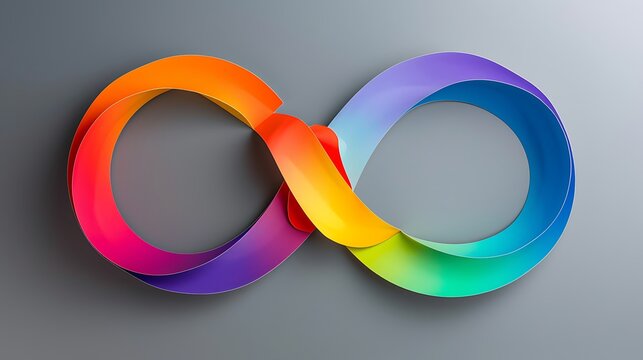
A simple yet profound design, the infinity symbol reflects the infinite nature of life, energy, and universal balance. This elegant figure-eight loop symbolizes endlessness, continuity, and the cyclical nature of existence.
Representing concepts that transcend time and space, it serves as a reminder of the interconnectedness of all things in the universe.
9. The Spiral
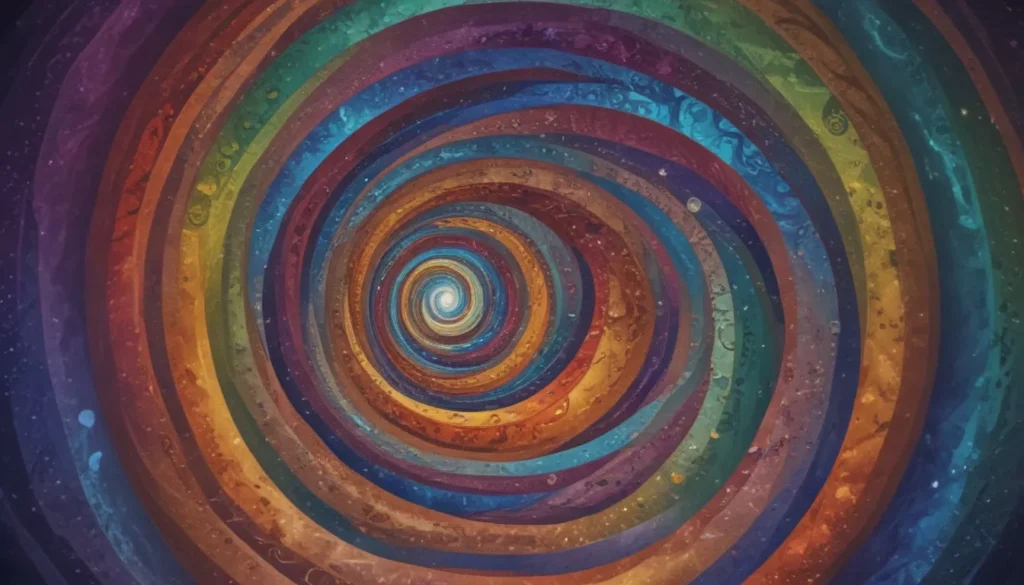
Found in ancient carvings, the Spiral represents the soul’s evolution and growth, symbolizing the journey from ignorance to enlightenment. It mirrors the natural world’s cycles, seen in DNA structures, galaxies, and even the swirling patterns of hurricanes.
Throughout history, the Spiral has been a powerful symbol in various cultures, illustrating the interconnectedness and continuous flow of life.
10. The Ankh
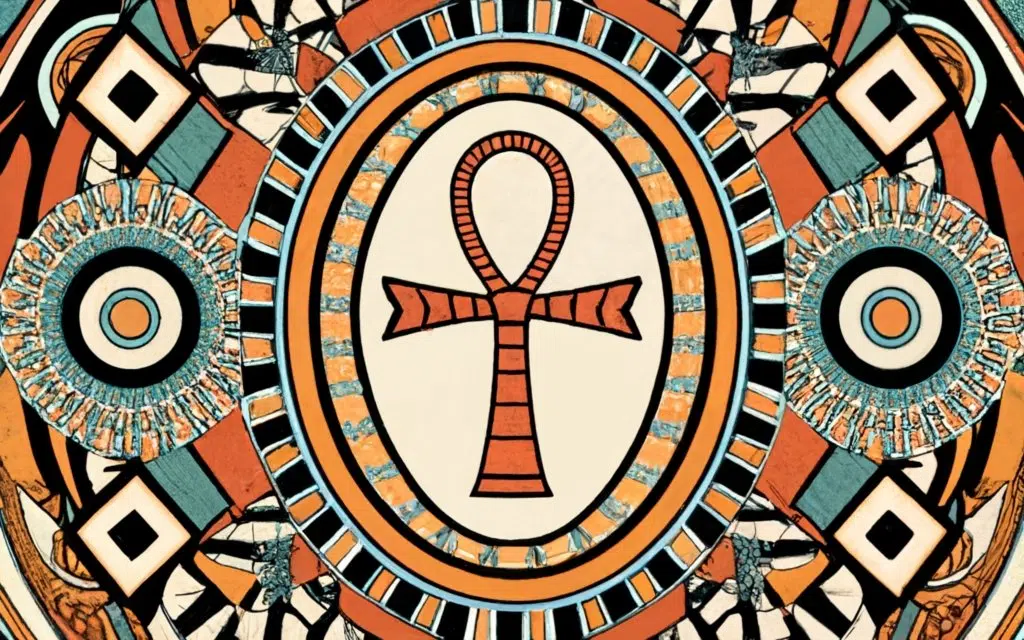
A key symbol in Egyptian spirituality, the Ankh represents eternal life, spiritual renewal, and divine vitality. Often depicted in the hands of deities and pharaohs, it is viewed as a bridge between the earthly and the divine realms.
The Ankh’s loop symbolizes the eternal soul, while its cross-like shape signifies the union of male and female principles, embodying the cycle of life and rebirth.
11. The Flower of Life
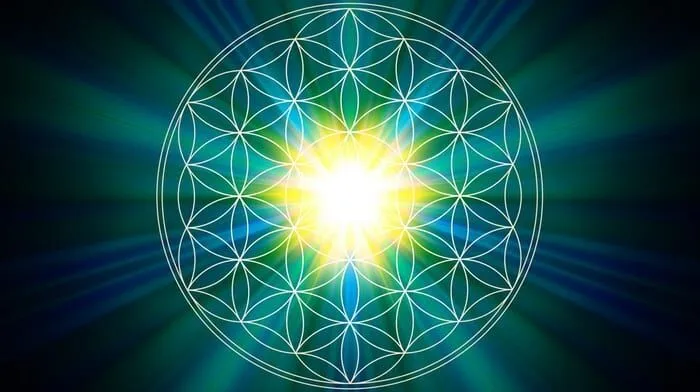
A pattern of overlapping circles forming a hexagonal structure, the Flower of Life is an ancient symbol representing creation, interconnectedness, and cosmic order.
This intricate design is thought to encapsulate the fundamental forms of space and time, often used in various spiritual and philosophical contexts.
It serves as a reminder of the unity of all things, illustrating how all life is interconnected within the universe.
12. The Golden Ratio
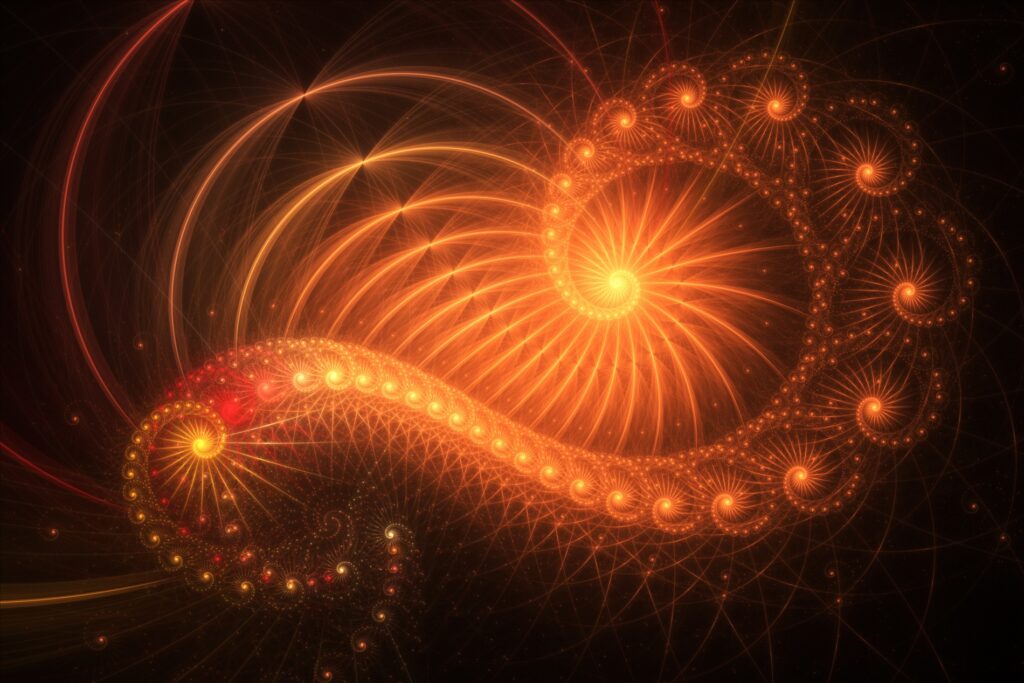
Reflected in both art and nature, the Golden Ratio is considered divine geometry, manifesting balance and aesthetic perfection.
This unique mathematical ratio, approximately 1.618, appears in the spirals of shells, the branching of trees, and even the proportions of the human face.
Artists and architects throughout history have employed the Golden Ratio to create works that evoke a sense of harmony and beauty, believing it to be a universal blueprint for aesthetic excellence.
13. The Sri Yantra
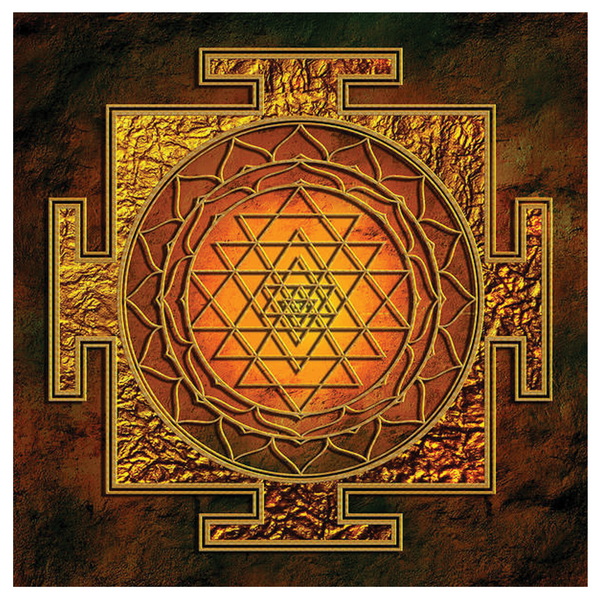
Used in Hindu practices, the Sri Yantra is a sacred geometric figure that symbolizes the balance between divine feminine and masculine energies.
It consists of interlocking triangles that represent the cosmos and the human body, and it serves as a powerful meditation aid.
By focusing on the Sri Yantra during meditation, practitioners seek to achieve a deeper spiritual connection and harmony within themselves and with the universe.
Related Reading
- Spiritual Meaning of Vertigo
- Spiritual Meaning of Purple Moon
- Spiritual Meaning of Breast Itching
- Spiritual Meaning of Finding Playing Cards
- Spiritual Meaning of Ring Around the Moon
Spiritual Symbols Across Cultures
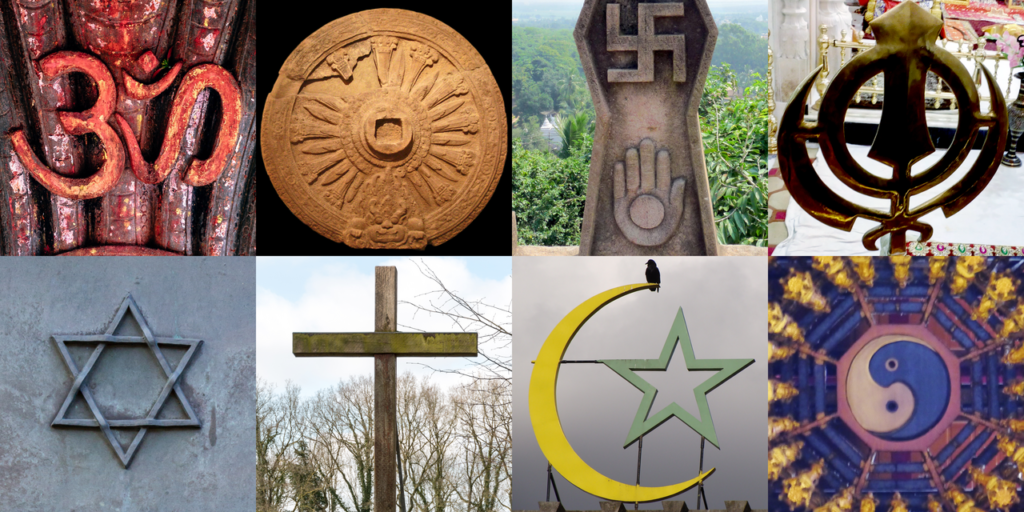
1. Native American Totems
Animal totems represent spiritual guidance and a deep connectedness to nature. These symbolic creatures serve as spiritual allies, offering insights, wisdom, and lessons from the natural world.
Each animal totem carries unique traits and messages, helping individuals navigate life’s journey by embodying the qualities of their chosen totem.
This connection fosters a greater appreciation for the environment and the interconnectedness of all living beings.
2. African Adinkra Symbols
Found in traditional Ghanaian textiles, Adinkra symbols convey wisdom, community ethics, and spirituality. These intricate symbols are often used in fabrics, pottery, logos, and advertisements to communicate deeper meanings.
Each symbol has a unique interpretation, representing concepts such as strength, unity, and harmony within the community.
Originating from the Akan people, they play a significant role in cultural expression and storytelling.
3. Eastern Mystical Symbols
From China’s Taoist yin-yang, which represents the duality and harmony of opposites, to the intricate Hindu yantras, which are geometric diagrams used in meditation and rituals, Eastern cultures offer a rich and diverse treasure trove of symbols.
These symbols focus on themes such as balance, enlightenment, and the continuous flow of energy, reflecting the deep philosophical and spiritual traditions that have been developed and revered over centuries.
The Power of Symbols in Personal Transformation
Spiritual symbols serve as tools for personal growth and deeper understanding. When chosen mindfully, they resonate with individuals, fostering spiritual and emotional transformations.
How to Choose a Symbol That Resonates with You
- Reflect on your values and beliefs. Do you seek balance, protection, or enlightenment?
- Explore the history of various symbols to see which you feel intuitively drawn to.
Incorporating Symbols into Daily Life
- Wear jewelry featuring your chosen symbol for daily inspiration.
- Use symbols like the Sri Yantra in meditation or yoga to channel spiritual energies.
- Decorate your spaces with symbols that align with your goals to subtly weave your intentions into your environment.
Conclusion
Spiritual symbols continue to hold timeless relevance because they speak to universal truths about life, growth, balance, and interconnectedness. They remind us of the unseen forces that guide us and offer a sense of unity among diverse traditions.
By understanding and respecting their meanings, we can draw on the incredible power of these symbols in daily life, allowing them to inspire and transform us.
Want to learn more about incorporating sacred symbols into your spiritual practices? Explore our resources to deepen your connection with these timeless symbols today.
Frequently Asked Questions
The Lotus flower is widely regarded as a symbol of spirituality, representing purity, enlightenment, and spiritual awakening across cultures.
The Sri Yantra is considered a powerful manifestation symbol, representing the union of divine energies and often used in meditation to attract abundance and focus intentions.
The Spiral, found in ancient carvings and cave art, is believed to be the oldest symbol of spirituality, representing growth, evolution, and the journey of the soul.
The Om (ॐ) is often seen as one of the most powerful symbols globally, embodying the essence of the universe, ultimate consciousness, and spiritual connection.


